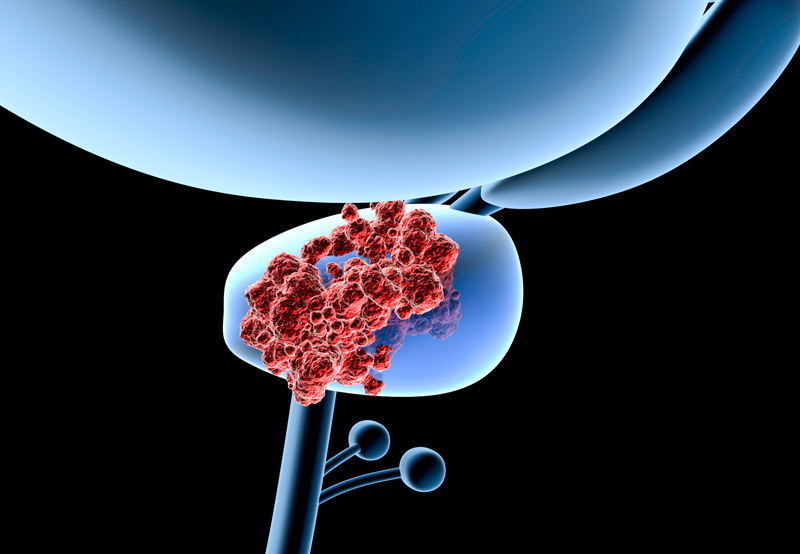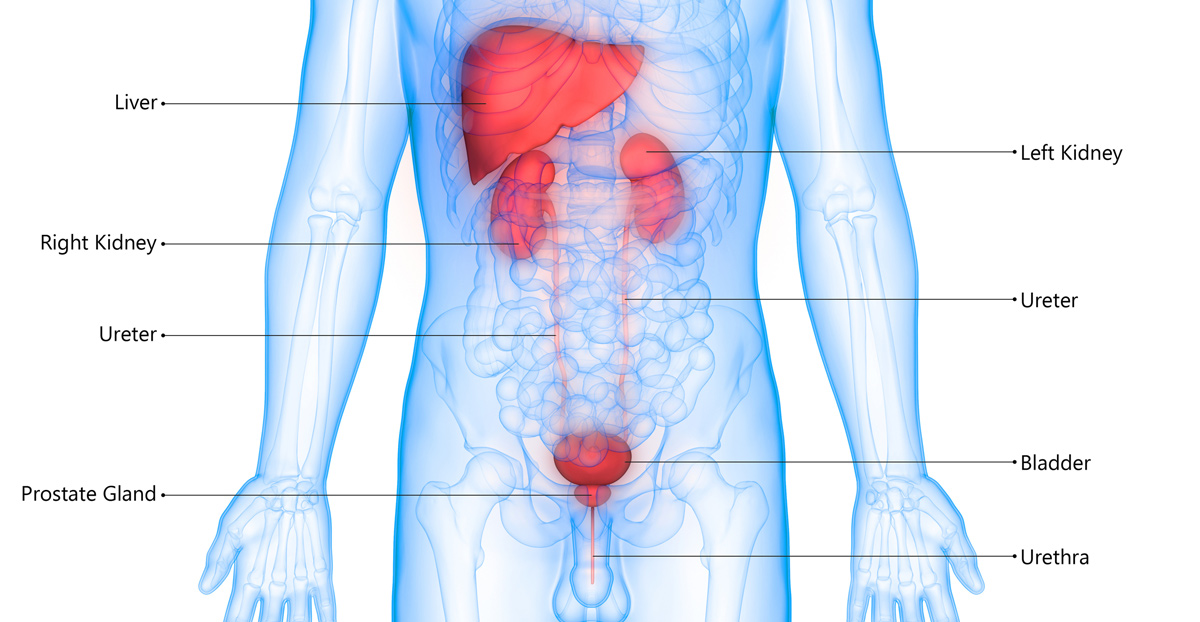

With more than 150,000 new cases diagnosed annually in the United States, prostate cancer is the most common form of cancer that affects men.
If watchful waiting, hormone therapy, and other non-surgical treatments a urologist may recommend aren’t effective, removal of the prostate gland (prostatectomy) may be necessary.
With a robot-assisted prostatectomy, a surgeon is able to precisely control movements with a specially designed system that has unique capabilities beyond what’s possible with the human hand alone.

How a Robot-Assisted Prostatectomy Is Performed
With a robotic procedure, smaller incisions than what’s necessary during open surgery are made in the abdomen. This is very similar to what’s done with a minimally invasive laparoscopic prostatectomy. The difference is that the instruments used to remove all or part of the prostate are controlled remotely. The surgeon is seated in a console in the same room as the surgery is performed.
Improving Precision and Sparing Bladder Nerves
The console has a special interface that includes a 3-D screen that provides a detailed internal view. The robotic device mimics the natural hand and wrist movements of the surgeon to complete the procedure. As the surgeon makes hand movements, the robotic arm makes those same movements inside of the patient through a series of strategically placed keyhole incisions. Normally, prostate removal surgery involves disruption to bladder nerves. If these nerves are irritated or damaged, urinary incontinence and other issues that may be caused by problems with bladder nerves may be experienced. Because robotic instruments can turn in ways not possible with human hands, sensitive bladder nerves can be spared.
Reducing Infection Risk and Scarring
During traditional surgery, several large, vertical incisions are made in the abdomen, which increases the risk of bacterial infections and other potential complications. Smaller incisions alone reduce the risk of surgical site infection, minimize blood loss, and allow tissues to heal faster. Smaller incisions also mean minimal scarring following prostate cancer surgery. The robotic device’s arms are designed not to touch the walls of the incision to provide additional protection as the prostate is removed.
Providing Better Views and Added Supervision
The camera system also offers a better view of the affected area so tissues can be inspected after the gland is taken out. Images of the prostate and the area after removal can also be enhanced, magnified, and refined to offer better clarity. Support staff provide additional supervision and assistance as instruments from the patient side-cart are placed on the robotic arm. The surgeon has the ability to control every single movement. This includes the ability to temporarily halt or stop the prostate removal procedure if there are any unexpected issues that need to be dealt with immediately. Support staff also supervises the arm as the surgeon controls its movements.
Most instances of prostate cancer are localized to the prostate gland. This is when a robot-assisted prostatectomy is more likely to become an option. Such systems have successfully been used to perform thousands of prostate removal surgeries around the world. As far as follow-up care goes, regular post-surgery exams and healthy diet and exercise habits can minimize the risk of experiencing other urinary system issues.
